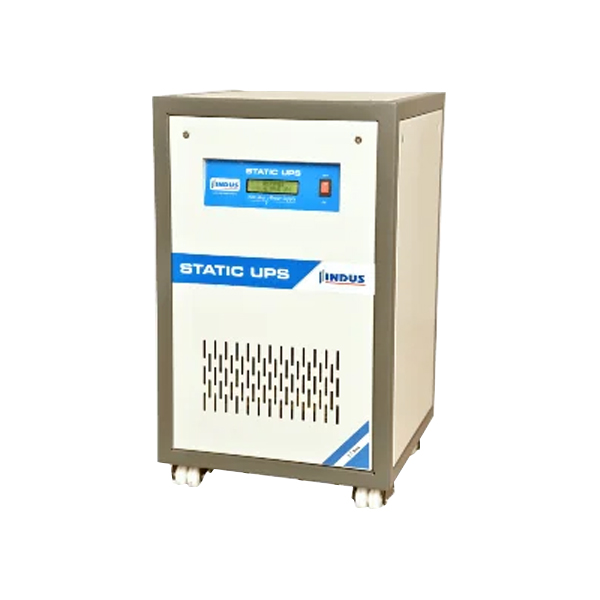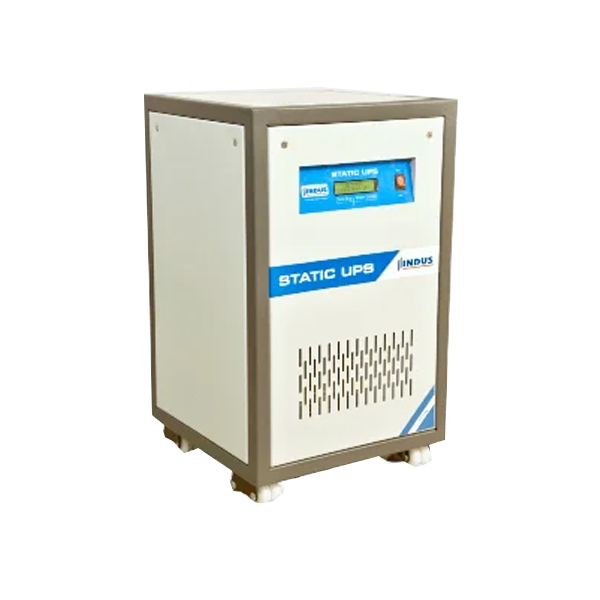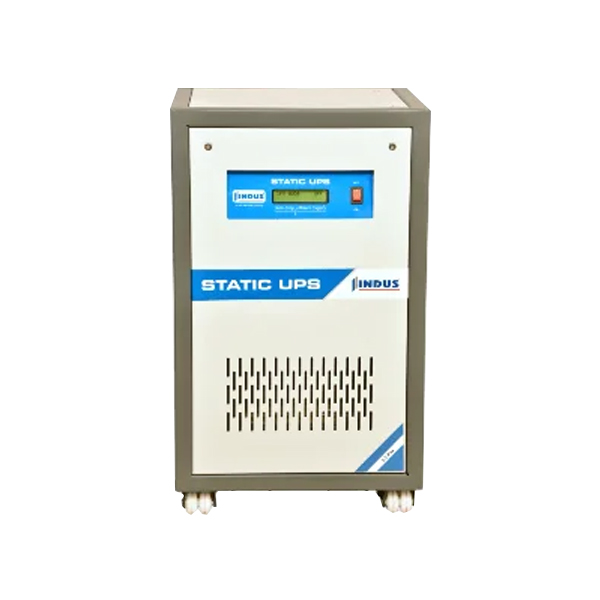Static UPS



A Static Uninterruptible Power Supply (UPS) is a device that provides emergency power to a load when the input power source or mains power fails. It is typically used to protect hardware such as computers, data centers, telecommunication equipment, or other electrical equipment where an unexpected power disruption could cause injuries, fatalities, serious business disruption, or data loss. Here are some key features and components of a static UPS :
- Battery : The core component that provides power in the event of a mains failure.
- Inverter : Converts the DC power from the battery to AC power that can be used by connected devices.
- Rectifier / Charger : Converts incoming AC power to DC power to charge the batteries.
- Static Switch : Automatically transfers the load to the inverter in case of a power failure and back to the mains when power is restored.
- Control Unit : Monitors the condition of the power supply and the battery and controls the operation of the UPS.
Static UPS systems are classified into three main types based on their topology :
- Offline/Standby UPS : Provides basic power protection. The load is normally powered directly from the AC mains, and the battery/inverter only kicks in when the mains power fails.
- Line-Interactive UPS : Provides more advanced power protection. It has an automatic voltage regulator (AVR) that can handle small voltage fluctuations without switching to battery.
- Online/Double-Conversion UPS : Provides the highest level of protection. The AC power is always converted to DC and then back to AC, ensuring a constant and clean power supply to the load.
Available Ranges
- 2.5 KVA – 36 VDC
- 3.5 KVA – 48 VDC
- 5 KVA – 48 VDC
- 5 KVA – 96 VDC
- 7.5 KVA – 120 VDC
- 10 KVA – 180 VDC
- 12 KVA – 192 VDC
- 15 KVA – 192 VDC
